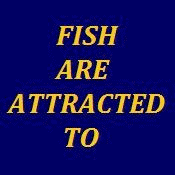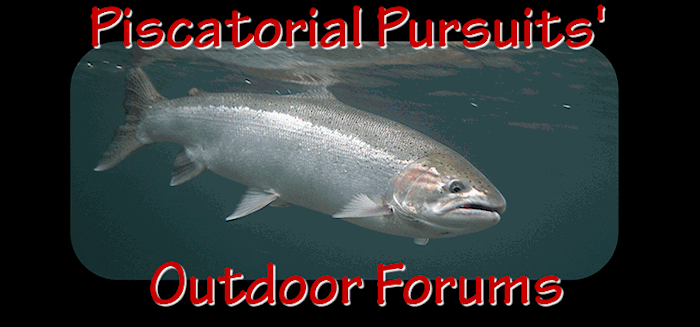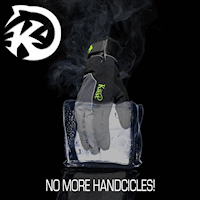Waterboy,
This year's run is coming mainly from fry production 3 years ago. There are a couple of factors that influenced that. One, it came from a low cycle abundance year, that even though it has been increasing since the FSC began operating, it continues to lag behind other brood years. Second, and this is likely to become more apparent when something close to full productivity of the Baker sub-basin is reached. That factor is that most sockeye lake populations that cycle from low in what we'll call year one (Y1), larger in Y2, even larger in Y3, and largest in Y4. Then it sorta' crashes to begin with low abundance Y1 again. And the cycle repeats. Every 4th year you get the peak of the cycle, followed by the lowest part of the cycle. This generally relates to forage abundance in the lake, where the peak population grazes it down such that there is less feed for the next brood year in the cycle. Then it builds back up to the peak, and then crashes again. This is actually very common to many predator and prey population relationships. In this case the predators are juvenile sockeye, and the prey are cladocerans - daphnia zooplankton.
And since that isn't complicated enough, add in all the other factors that were posted above. There are enough factors at work every year that significant variations are a natural and normal part of environmental productivity and capacity. An "average" year is one of the least common.
Sg













 Previous Topic
Previous Topic Index
Index



